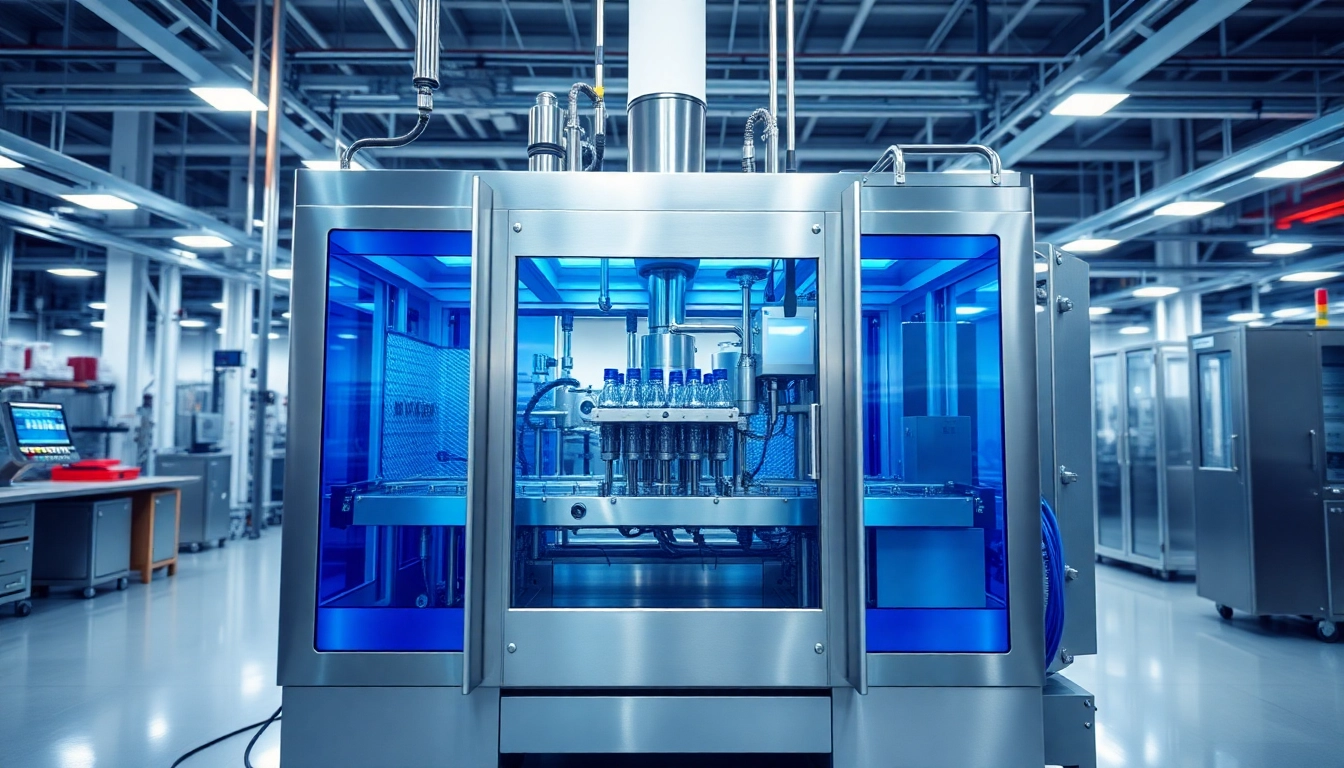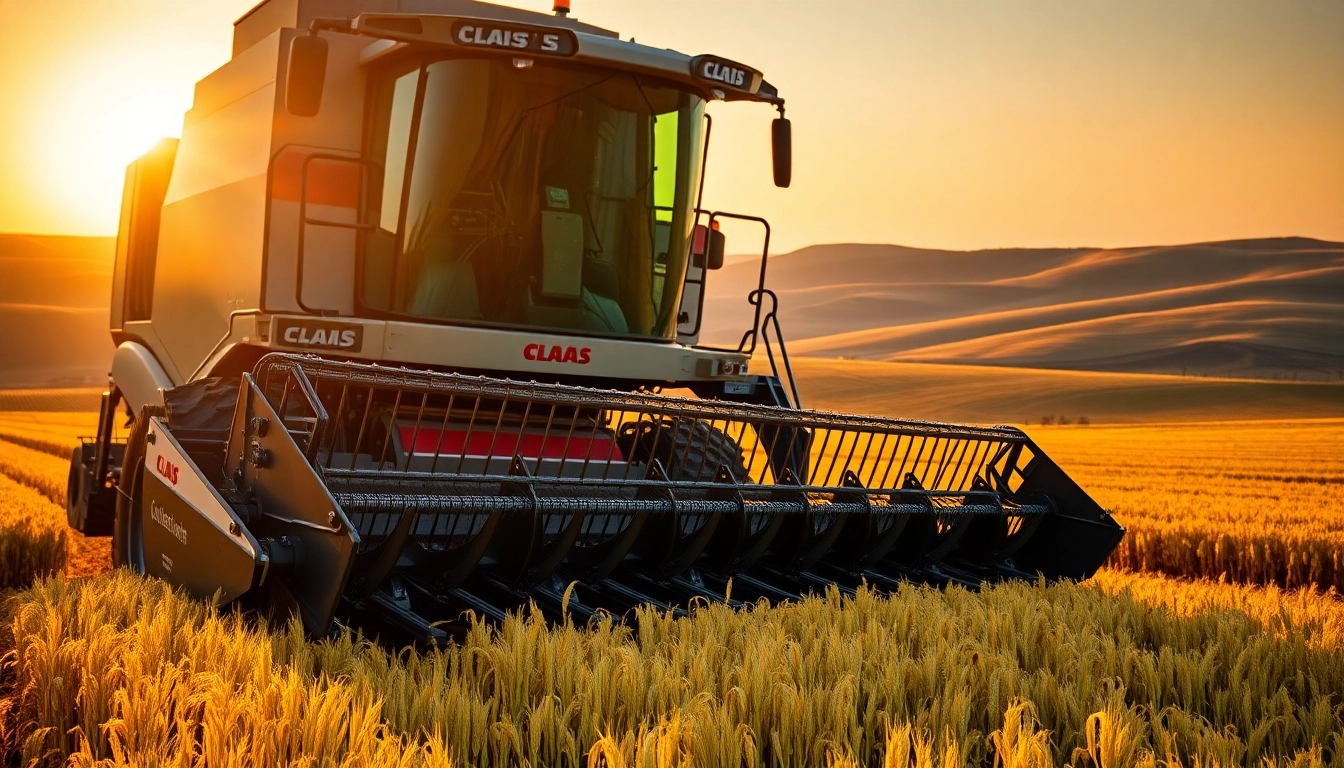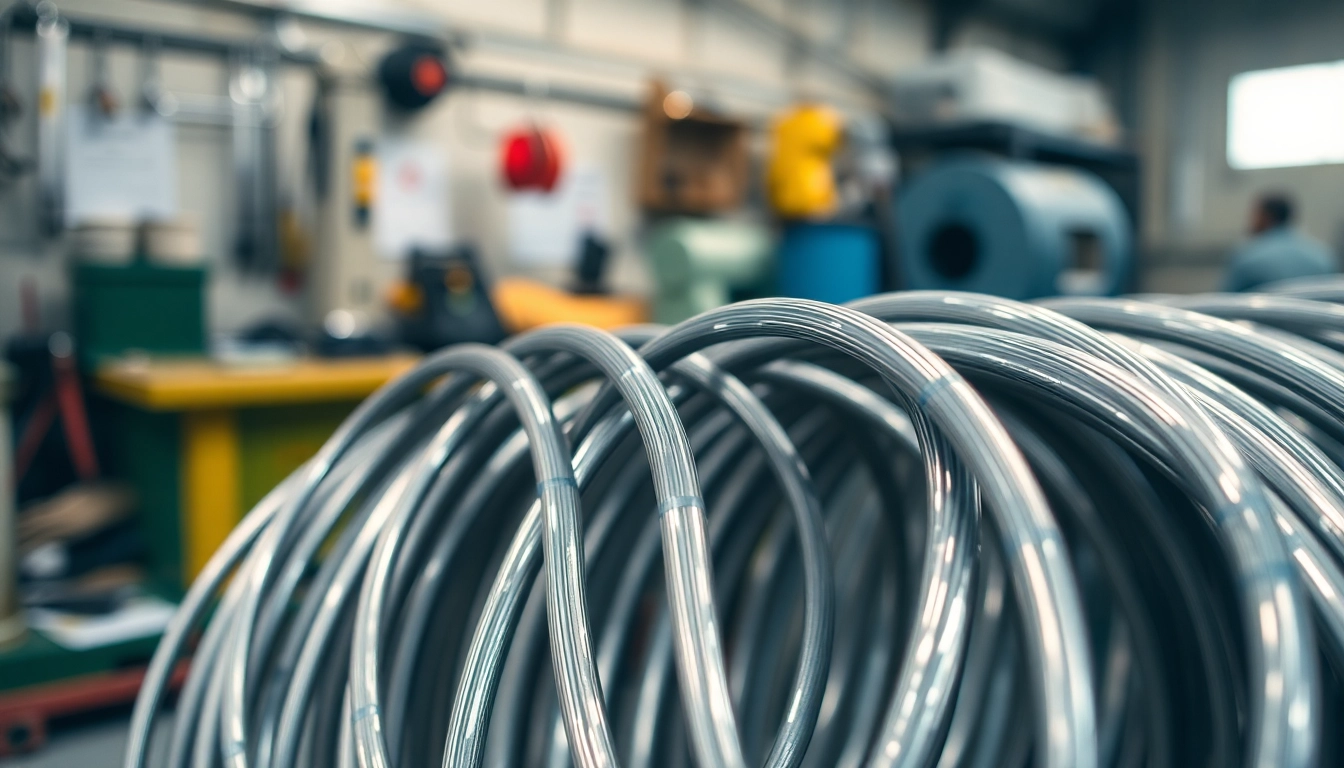Understanding Filling Machines
What is a Filling Machine?
A Filling Machine is an essential piece of equipment in the manufacturing and packaging industries, designed specifically for automating the process of filling containers with liquids, powders, pastes, or granules. These machines are widely used across various sectors, including food, pharmaceuticals, chemicals, and cosmetics, facilitating efficiency, precision, and consistency in packaging. By eliminating manual filling processes, businesses can significantly enhance their production rates and reduce the risk of errors or contamination.
Types of Filling Machines: Manual, Semi-Automatic, and Fully Automatic
Filling machines can be categorized based on the level of automation, operation, and product compatibility. Understanding these categories can help manufacturers select the most suitable type for their specific needs.
- Manual Filling Machines: As the name suggests, these machines require direct human intervention for operation. Ideal for small-scale production or startups, they offer flexibility and low cost, but may be less efficient and slower compared to automated options.
- Semi-Automatic Filling Machines: Combining human operation and mechanical assistance, semi-automatic machines require the operator to perform some tasks while the machine automates filling. This type strikes a balance between efficiency, speed, and affordability, making it suitable for medium-sized businesses.
- Fully Automatic Filling Machines: These advanced machines handle the entire filling process with minimal human intervention, utilizing sophisticated technology to provide high-speed and precise filling. Fully automatic machines are ideal for large-scale production environments and often come equipped with IoT integration for monitoring and optimization.
How Filling Machines Work and Their Applications
Filling machines operate by employing different filling techniques based on the nature of products and their respective container sizes. Common methods include volumetric filling, piston filling, gravity filling, and vacuum filling, each appropriate for specific products, such as liquids, powders, and granules.
In practice, filling machines find applications across various industries:
- Food and Beverage Industry: Used extensively for filling bottles with beverages like juices, sauces, and oils.
- Pharmaceutical Industry: Ensuring precision for liquid medicines, allowing for safe and quantifiable administration.
- Cosmetic and Personal Care: For products ranging from lotions to perfumes where fillings must be accurate to maintain brand integrity.
- Chemical Industry: For filling containers with various chemicals, ensuring compliance with safety and regulatory standards.
Key Features of Modern Filling Machines
Precision and Accuracy in Filling Processes
Precision is paramount in the filling machine’s operation, ensuring that each container is filled to the desired level without spillage or wastage. Modern filling machines are equipped with advanced sensors and control systems that monitor fill levels in real-time, resulting in improved accuracy and reduced error rates. This precision is essential for industries like pharmaceuticals where the dosage must meet strict regulatory standards.
Automation Technologies in Filling Machines
Automation is a significant trend in filling machine technology, with many machines featuring programmable logic controllers (PLCs) and touch-screen interfaces that allow operators to customize pouring rates and cycles. Such technology enables the flexibility to switch between different products with minimal downtime.
Additionally, IoT integration is becoming more prevalent. Machines can now send performance data to cloud platforms for analysis, allowing for predictive maintenance and process optimization. These technologies lead to increased overall equipment effectiveness (OEE) and significant cost savings.
Durability and Maintenance Considerations
Given their heavy use, filling machines must be built for durability. Quality construction using stainless steel and other robust materials ensures longevity and resistance to corrosion. Regular maintenance is also crucial to avoid unexpected downtime; a well-planned maintenance schedule can prolong the life of the machine and keep it running at optimal performance.
Manufacturers should assess their maintenance capabilities and consider training staff on daily checks and routine maintenance to mitigate larger issues.
Choosing the Right Filling Machine for Your Needs
Assessing Product Characteristics and Volume Requirements
Determining the right filling machine starts with an assessment of the products being filled. Key factors include:
- Viscosity: Products with different viscosities may require different filling technologies; for instance, high-viscosity liquids might need a piston filler, while low-viscosity liquids can be effectively handled with gravity or volumetric fillers.
- Container Size: Choose a machine that can accommodate the range of container sizes you plan to use, ensuring that it can adjust seamlessly between different formats.
- Volume Requirements: Calculate your production needs to determine whether a manual, semi-automatic, or fully automatic machine is required.
Evaluating Budget and Cost-Effectiveness
Budget constraints play a significant role in the decision-making process. While fully automatic machines offer the highest efficiency, they also require a larger investment. Conversely, manual filling machines are cheaper but may not be suitable for high-volume operations. It’s essential to perform a cost-benefit analysis, considering not just purchasing costs but also operational costs, maintenance, and expected ROI.
Supplier Considerations and After-Sales Support
When selecting a supplier for filling machines, consider their reputation, support service quality, and the warranties they offer. An experienced supplier should provide comprehensive after-sales support, which is crucial for troubleshooting and machine maintenance. Look for suppliers who offer training for your personnel and readily available replacement parts to minimize any potential downtime.
Industry Applications of Filling Machines
Pharmaceutical and Cosmetic Industries
In the pharmaceutical and cosmetic industries, accuracy and cleanliness are the top priorities. Filling machines used for these applications must be compliant with strict regulations and hygiene standards. Companies often invest in high-precision filling machines that can handle various products, from serums and creams to lotions and bulk powders. The benefits include increased safety standards, accurate dosing, and reduced waste.
Food and Beverage Industry Innovations
In the food and beverage sector, innovations such as aseptic filling systems have revolutionized how products are packaged. These machines fill products into containers in a sterile environment, extending shelf life without the need for preservatives. Additionally, the latest electronic filling machines are capable of adjusting their filling parameters on the fly, enhancing production efficiency and product quality.
Automotive and Chemical Industries
Filling machines in the automotive and chemical industries often handle volatile or hazardous materials. Hence, safety features, such as explosion-proof designs and automated shut-offs, are critical. Moreover, machines designed for these sectors often come with robust construction to endure harsh working environments while maintaining high operational performance.
Future Trends in Filling Machine Technology
Smart Filling Machines and IoT Integration
The integration of smart technologies and the Internet of Things (IoT) in filling machine design is heralding a new era of manufacturing efficiency. Smart filling machines will be capable of self-diagnosis, connecting with other manufacturing equipment to optimize the entire production line. This real-time data-sharing feature can lead to quick troubleshooting, predictive maintenance, and overall enhanced production accuracy.
Eco-Friendly Practices in Filling Machinery
In response to growing sustainability concerns, manufacturers of filling machines are increasingly adopting eco-friendly practices. This includes the design of machines that minimize energy consumption during operation and utilize recyclable materials for components. Additionally, companies are implementing methods to reduce waste during the filling process, which not only lowers operational costs but also enhances their environmental stewardship.
Predicted Market Growth and Innovations
The filling machine market is poised for substantial growth, driven by increasing consumer demand for packaged goods across various sectors. Manufacturers are continually investing in R&D to develop more efficient, accurate, and user-friendly machines. Innovations such as AI-driven systems are on the horizon, promising incredible advancements in productivity and adaptability to changing market needs. Industry analysts predict that as technology progresses, the filling machine landscape will evolve to meet growing complexity and varying production requirements.



